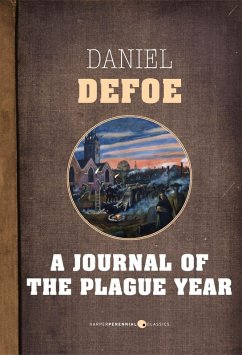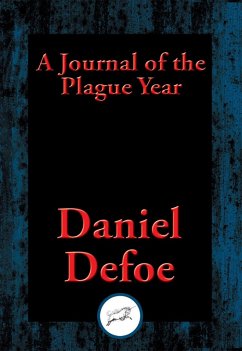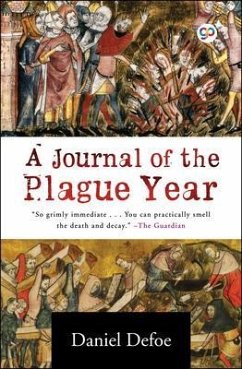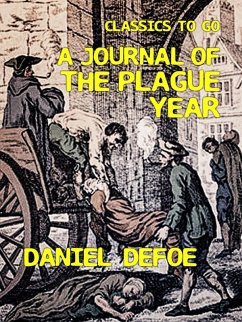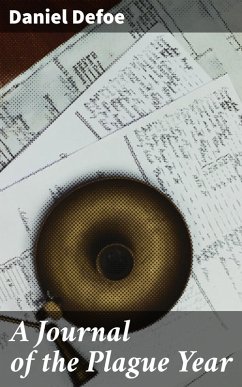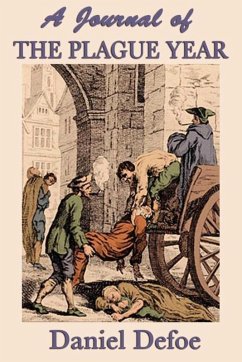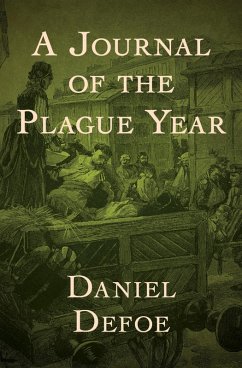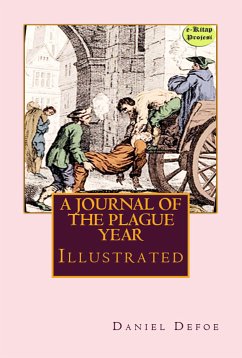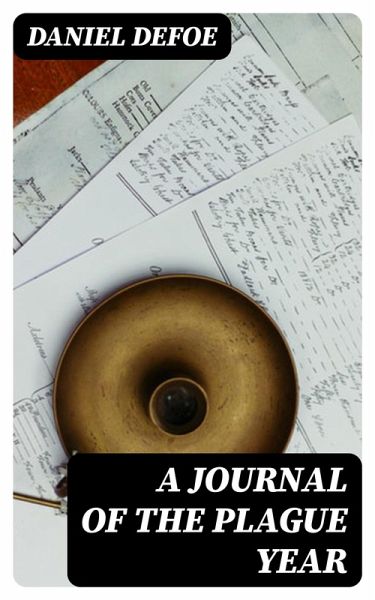
A Journal of the Plague Year (eBook, ePUB)
Written by a Citizen Who Continued All the While in London

PAYBACK Punkte
0 °P sammeln!
In "A Journal of the Plague Year," Daniel Defoe masterfully constructs a fictionalized account of the 1665 bubonic plague that ravaged London. Written in the style of a personal diary, the narrative weaves together vivid descriptions of the city's desolation with nuanced reflections on human resilience and societal breakdown. Defoe employs a blend of realism and dramatic tension, giving readers an immersive experience of fear, superstition, and the struggle for survival against a backdrop of moral and social decay. This work is often viewed as a precursor to the modern novel, situating itself ...
In "A Journal of the Plague Year," Daniel Defoe masterfully constructs a fictionalized account of the 1665 bubonic plague that ravaged London. Written in the style of a personal diary, the narrative weaves together vivid descriptions of the city's desolation with nuanced reflections on human resilience and societal breakdown. Defoe employs a blend of realism and dramatic tension, giving readers an immersive experience of fear, superstition, and the struggle for survival against a backdrop of moral and social decay. This work is often viewed as a precursor to the modern novel, situating itself within the broader context of 17th-century literature as it navigates themes of illness, isolation, and the human condition. Daniel Defoe, a journalist and social commentator of his time, drew inspiration from his own experiences and the historical accounts surrounding the plague. Having lived in London during the Great Plague, Defoe channels his first-hand observations into a compelling narrative that balances fact and fiction. His keen insights into public life and the socio-political climate of Restoration England inform the depth and authenticity of the work, making it a crucial text for understanding the era's consciousness. This book is highly recommended for readers interested in historical fiction, epidemiology, and the human experience during crises. Defoe's contemplative style invites readers not only to witness the tragedies of the past but also to reflect on contemporary issues of disease and societal response, making "A Journal of the Plague Year" both a timeless classic and a poignant reminder of humanity's vulnerability.
Dieser Download kann aus rechtlichen Gründen nur mit Rechnungsadresse in A, B, BG, CY, CZ, D, DK, EW, E, FIN, F, GR, H, IRL, I, LT, L, LR, M, NL, PL, P, R, S, SLO, SK ausgeliefert werden.





